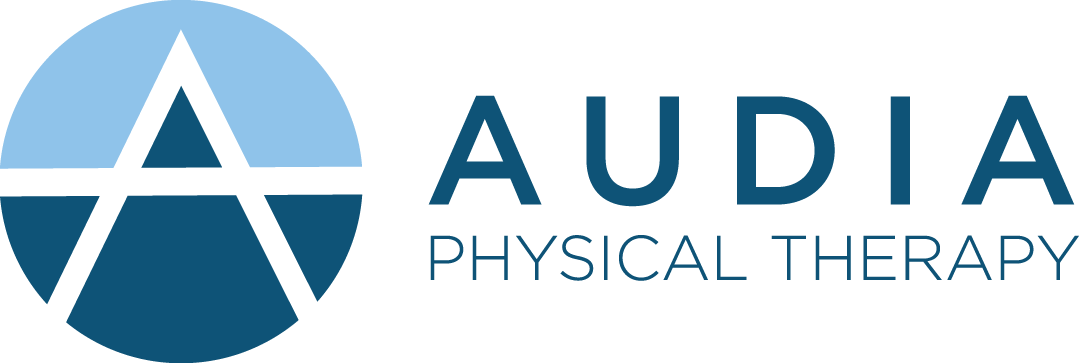Expectations Matter: How Enhanced Expectancy Can Lead to Greater Success
Picture this: You’re ready to take the last shot with the clock winding down during the final seconds of a basketball game. You’ve just come out of a timeout where coach has told the team that you are the guy that will win the game because you have one of the best shots. Before you get the ball you remember that you’ve made this shot hundreds of times before. The ball comes to you, the clock ticks down, you rise up over the defender to release your shot and…
Does it go in? Did we win? The result may be all that most people care about the real story here is the cinematic-like process called Enhanced Expectancies that’s going on in the brain during the entire experience. Simply stated, the concept of enhanced expectancy is the expectation of a rewarding, positive, or successful experience. It is one of the 3 pillars of the OPTIMAL (Optimizing Performance Through Intrinsic Motivation and Attentional Learning) motor learning theory that has been developed and proven effective over the past two decades with numerous studies by Gabrielle Wulf and Rebecca Lewthwaite. (For more on the OPTIMAL motor learning theory see past articles on Autonomy and External Focus)
While the concept of increasing expectations for success may seem simple, the neural process and the movement benefits that can result are tremendous. Research has shown that enhanced expectancy can result in:
- Increased movement automaticity
- Increased motor performance
- Increased short-term and long-term learning and memory
- Increased confidence and self-efficacy
- Increased task enjoyment
- Increased dopamine release in the brain
- Decreased nervousness and concern about ability
The process starts in the brain with the release of a neurotransmitter called dopamine. When dopamine is released prior to a movement (as the result of the expectation of success) it prepares the motor system for action, improves the fluidity of movement, and helps produce faster reaction times. Because of these benefits, the person with enhanced expectancy really does have a higher level of success and once success is achieved, dopamine is then released in the brain AFTER the movement. This time dopamine acts to strengthen the memory of that great movement and enhance the brain’s learning by changing the connections of the neurons (a process known as “neuroplasticity”). It also helps to link networks of neurons together so they can fire more efficiently across the brain and produce the same or better results for the next time. All this leads to improved performance for the next trial because the brain has been primed to produce a better result with improved memory of the successful movement and linked neural network connections to ensure readiness for the task next time.
There are so many ways to apply this concept in rehabilitation but here are just a few:
1. Use Objective Measurement as a Tool
By allowing ourselves to see quantifiable progress, we can see real improvement that reinforces to our brains that we are getting better. We can measure anything that has meaning such as distance walked, time, speed, or accuracy of movement in a given activity. The benefits can be strengthened even more when the participant feels the measurements hold important meaning so make sure you are measuring things that matter to the person.
2. Clearly Define Success
It has been said that “perception of success is more important than actual success” (Palmer, Wulf, et al 2015). This means that our brains need to see and feel success in order to gain the benefits stated earlier. To make sure this happens we need to clearly define what constitutes a successful trial before the activity begins and check-in with the person to ensure they understand that afterwards. Too often therapists can get caught up in the constant adaptation of movement for perfection and it can lead to the participant feeling like perfection is the only way that success can be attained. Understanding that success comes before perfection is key here and it’s why our activities should be graded to allow for success while still presenting a meaningful challenge. Every person has a different tolerance for errors in their performance so this will vary based on the person but research has shown that anything at, or below, a 1/3rd success rate is too low and can cause more discouragement that will lower future performance.
3. Work in Groups with People at Similar Skill Levels
Seeing people in our similar situation display success reinforces to our brain that our the task is possible. It gives us belief in our own abilities and thus enhances our expectations for success! It is important to understand that seeing people at a much higher skill level may not have the same effect so grouping with similar skill levels the key here.
4. Success-Focused Feedback
Focusing on the positive, successful aspects of performance instead of harping on mistakes, or the aspects we do not want to see, can help reinforce the feeling of success and increase dopamine release. Avoid constantly remind a person of what you do NOT want to see and cue the movement aspects desired instead. Saying things like, “don’t lose your balance” can reinforce the thoughts of poor balance to someone and cause them to perform in a worse manner because of it. Instead, continue to reinforce any positive aspects seen such as, “I like how you kept yourself in an athletic position with your knees bent.” This helps build self-efficacy that releases more dopamine to improve effort, performance, and learning.
Believe it. Enhancing expectations for success can have a big effect on our performance and learning. Adapting activities, objectively measuring success, and altering our feedback are just a few ways to gain this advantage to improve the brain and produce the best outcomes. So, when you’re ready, go ahead and take that final shot. Remember: you got this.


